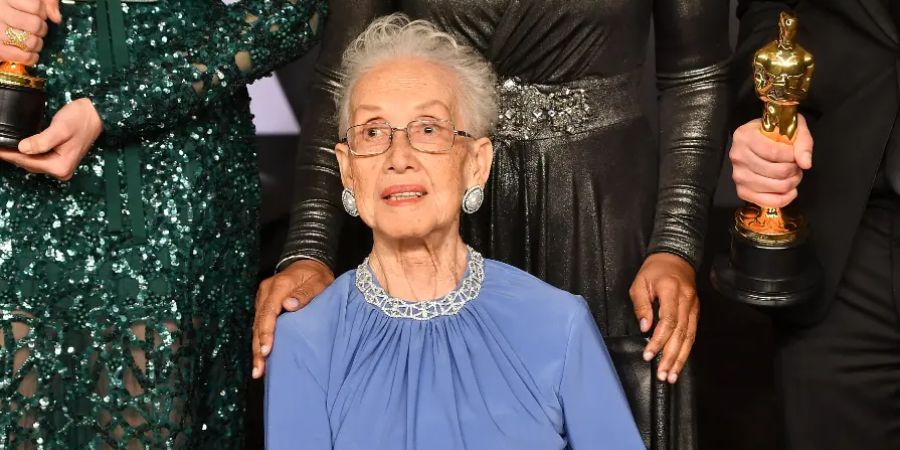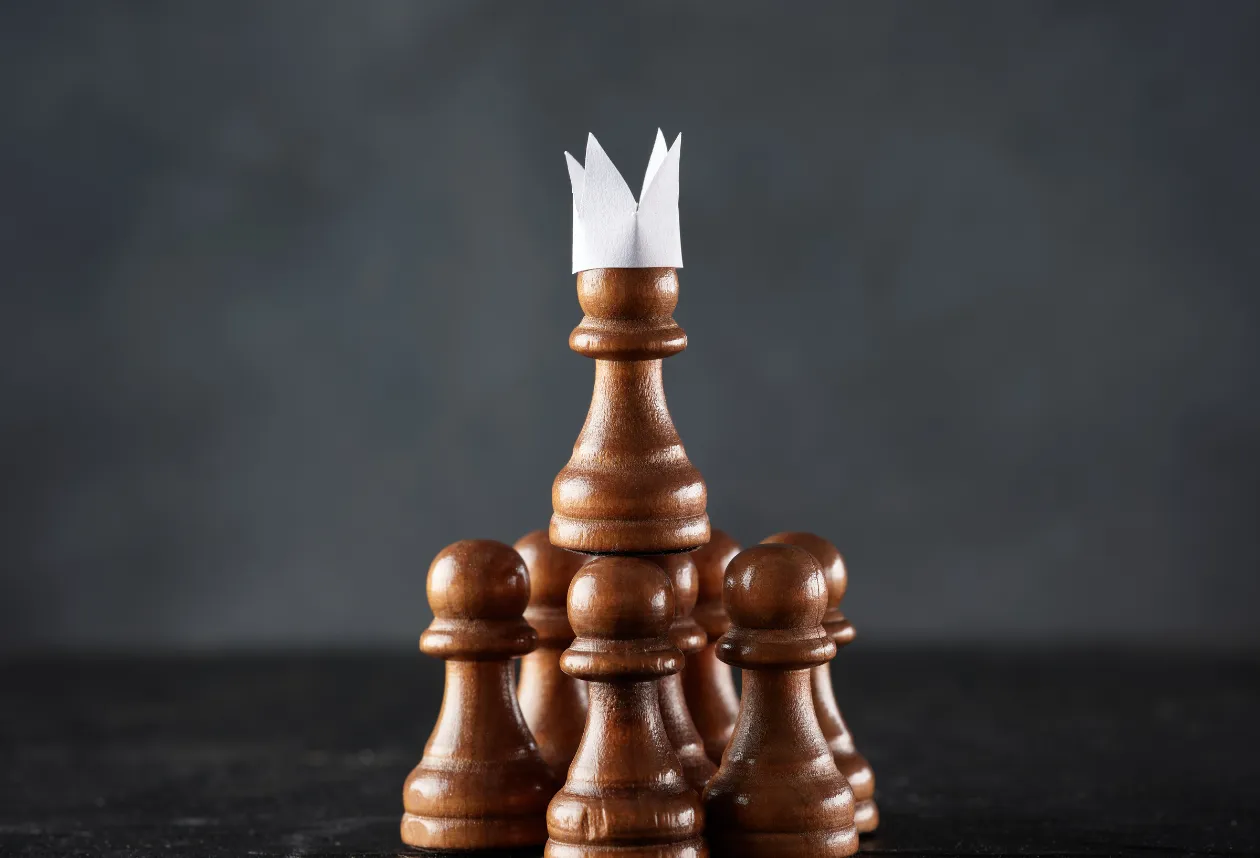Katherine Johnson became well-known when her story appeared in the movie Hidden Figures. Her actual story is even more interesting than the movie. Katherine Johnson was a brilliant NASA mathematician who worked for NASA. Her work helped lead to one of the greatest achievements of humanity – the moon landing, which meant that due to her calculations, traveling into space became a larger measurement of success, and less risk. Many remember this as part of the hidden figures NASA story that inspired millions.
NASA employed Katherine Johnson to calculate the trajectories of the missions that were Project Mercury and Apollo missions like Apollo 11. In a way, Katherine Johnson’s calculations of such things helped facilitate Neil Armstrong’s stepping onto the moon in July of 1969. Johnson’s journey from a small community in West Virginia to working in the control rooms of NASA is an incredible story of intelligence, courage, and perseverance.
As explained by the National Women’s History Museum, only 2% of American mathematicians were made up of African American women at NASA, and Katherine Johnson was part of that 2% of mathematicians who played a significant part in helping the United States win the space exploration race.
Early Life of Katherine Johnson: The Gifted Mathematician
Katherine Johnson was born in 1918 in White Sulphur Springs, West Virginia. Numbers came easily to her from an early age. She counted everything she encountered, ranging from the stairs to the stars. To her educators, her gift was obvious and would soon have her skip grades in school.
By the time she was 18, she graduated from college with degrees in mathematics and French. While most women of the time were expected to fall into established roles, she was thinking about equations that could change the world. Because for her, her interest in math was not about prestige or a competitive advantage, it was an authentic affection for the subject and an instinctive ability to see patterns others could not. These skills would later define Katherine Johnson NASA contributions that shaped history.
Katherine Johnson at NASA: Breaking Barriers
In 1953, Johnson began working at the NACA, which eventually became NASA. When she started there, Johnson became part of an all-male, racially-restricted, segregated workforce. African American women at NASA were placed in separate quarters and called “computers,” which generically referred to anyone who could perform calculations by hand.
Katherine Johnson’s abilities quickly made her stand out among the staff – when others were assigned with routine calculations she was tasked with determining flight paths and trajectories. In fact, engineers began to ask for her specifically by name. This recognition of her Katherine Johnson NASA contributions can be contextualized given the time period, where women were rarely given any such authority in the field of science. Additionally, her accuracy and efficiency began to gain respect from senior scientists and eventually even respect from astronauts.
One of her most prominent achievements was in 1962 as astronaut John Glenn was preparing for his flight to orbit the Earth. Glenn infamously asked that Katherine Johnson personally corroborate and verify the calculations that had been made by computers before he would proceed with the launch. That type of trust sends a message about the level of respect she had gained in a field where even minor errors can cost lives. It also highlighted the importance of a NASA mathematician in critical missions.
Katherine Johnson and the Space Race to the Moon
In the 1960s, both the United States and the Soviet Union were engaged in a space race characterized by two questions – national pride, and technological greatness, where the United States looked to the moon. Katherine Johnson was a huge influence in this race.
She was responsible for doing all the math calculations to break Earth’s atmosphere for Apollo 11 spacecraft to safely land on the moon and return safely back to principle means of transportation. And think about the difficulty of plotting the route without GPS and no digital simulation, with no room for error. The precision demanded was of someone that not even a handful of people could even muster. These Katherine Johnson Apollo 11 calculations remain legendary.
The contribution Katherine Johnson’s NASA contributions made for space were as precise as a lighthouse shines for a ship at sea. Every number had to be demonstrated to shine. This is why Neil Armstrong, Buzz Aldrin and Michael Collins were brought safely back to Earth from the Moon, evidence of Katherine Johnson moon landing brilliance and genius.
Human Side of Katherine Johnson: Persistence and Courage
What is inspiring about Katherine Johnson’s story is not just her genius but also her bravery. She worked in environments where ones occupation could be questioned. The meetings were mostly male-dominated environments, yet she spoke clearly and with our confidence. When men were hesitant to credit her work, she stayed focused on her work.
Her persistence shows while being brilliant is a part of success, perseverance, resilience and believing herself is equally important. Katherine Johnson also stated her secret was to “do the work and do it good” – a simple mindset for someone who faced crushing challenges that would have endured discouragement for many. These lessons go beyond the hidden figures NASA story and continue to inspire.
Katherine Johnson’s Impact on Women in STEM
Katherine Johnson’s story represents that of representation: she demonstrated that women, and particularly women of color, could succeed in fields that had previously been inaccessible to them. Her successes paved the way for generations of scientists and engineers to come.
In today’s instance, programs that incentivize girls to pursue disciplines in STEM (science, technology, engineering, and mathematics) and various STEM careers often refer to her personal story of success as inspiration. After all, representation matters. For young people, seeing someone who looks like them, such as Katherine Johnson in history, changes what is possible in their minds. The progress of women in STEM is a legacy she deeply influenced.
Even after her retirement in 1986 from NASA, as a scientist, she continued to inspire many and ultimately lived to see schools, scholarships, and even a NASA building named in her honor. A form of recognition like that prolongs an influence, legacy, or impact well past an individual’s life. Her name remains tied to Katherine Johnson moon landing contributions and space exploration history.
Lessons from Katherine Johnson for Today
Katherine Johnson’s life can teach us lessons that still apply today. One of those lessons is that accuracy has value. In an era when speed often takes priority over accuracy, her story reminds us that the benefits of a careful and thoughtful product are too meaningful to ignore.
A second lesson is persistence. Katherine often entered rooms where most people did not see her for what she could accomplish. She simply did not allow them to put her in a box, and sustained her efforts until she generated the results that could not be ignored.
Third will be the value that education plays in improving opportunities. The way that Katherine’s parents supported her education from an early age, despite limited opportunities, made that investment learnings exceptionally valuable. This foundation went on to propel Katherine Johnson NASA contributions to NASA and beyond, where her Katherine Johnson Apollo 11 calculations were essential for success in the Apollo missions.
Conclusion
The narrative of Katherine Johnson is greater than just a page in NASA history. It is a reminder that talent can be found in the most unlikely of places, and no matter how immovable, walls can be dismantled. Johnson changed the course for human space travel, and simultaneously changed lives for women in STEM scientists. As future generations review the moon landing, they will not just see the astronauts who walked on the moon, but also the minds who made the journey possible. And those minds begin with Katherine Johnson, the NASA mathematician who launched astronauts to the moon, and brought them back safely. Her place in space exploration and the Katherine Johnson moon landing story will never be forgotten.



